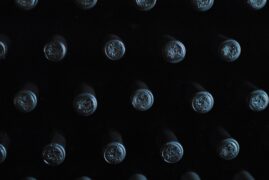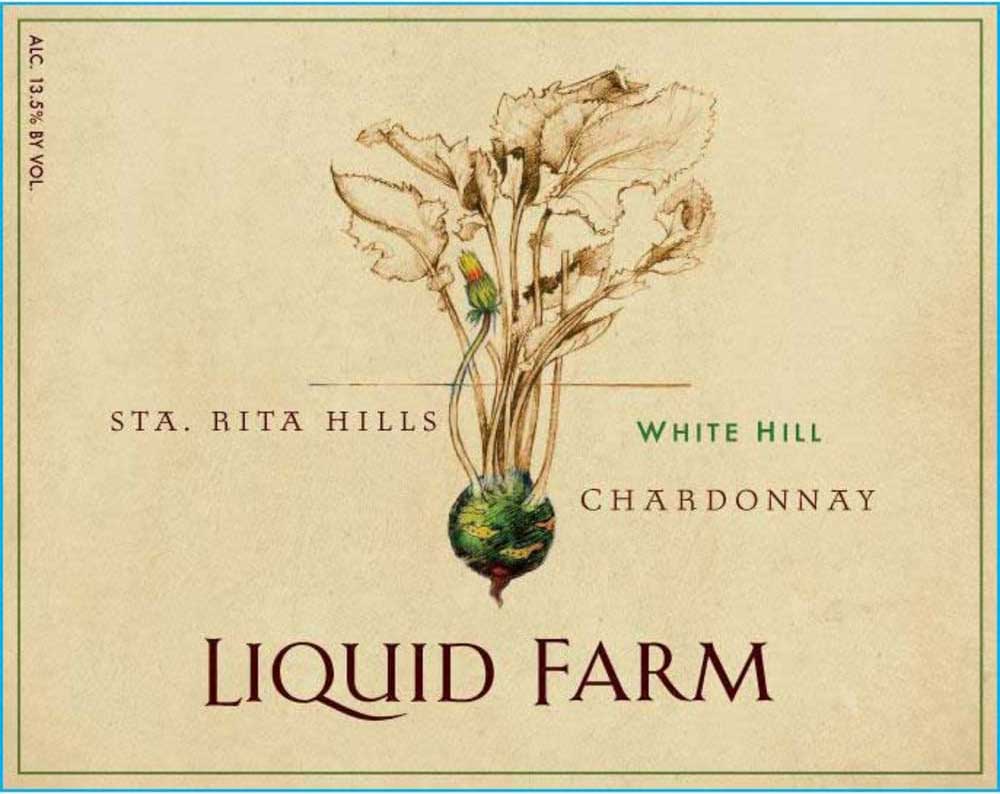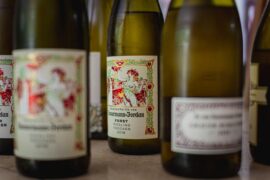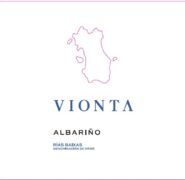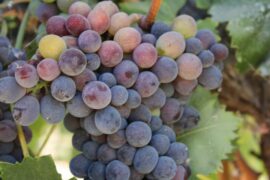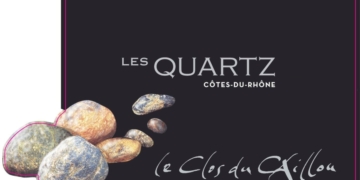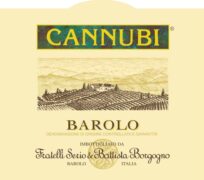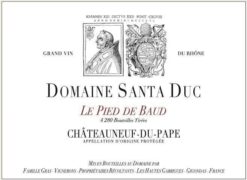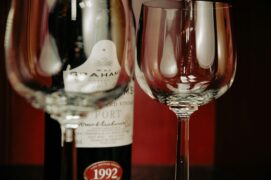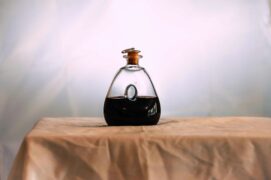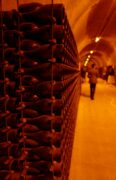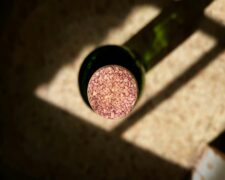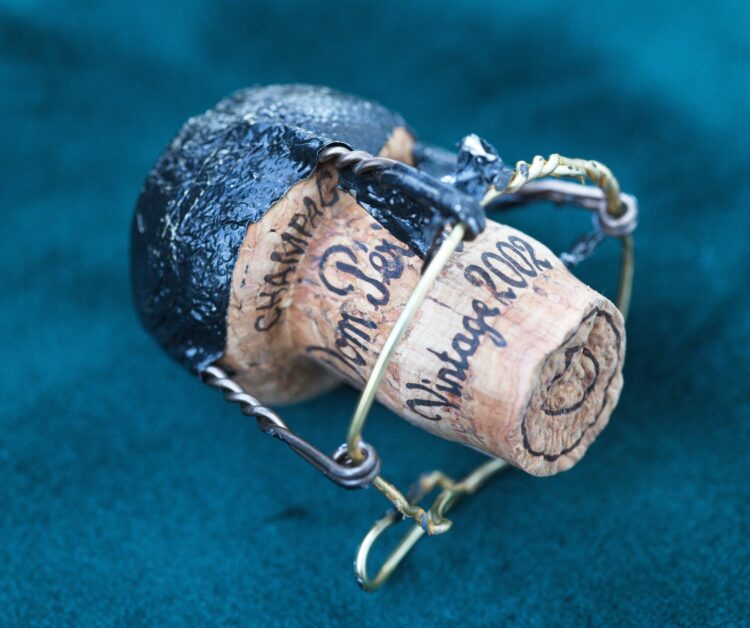The method for producing sparkling wine is commonly attributed to Dom Pérignon, a French Benedictine monk who lived in the late 17th and early 18th centuries. While Dom Pérignon is often credited with the invention of Champagne and its sparkling quality, the actual process of creating sparkling wine involved multiple contributors and developments over time.
Dom Pérignon, working at the Abbey of Hautvillers in the Champagne region of France, significantly improved the techniques for making sparkling wine. He is credited with discovering how to blend different grape varieties and improve the fermentation process. Dom Pérignon’s innovations helped in creating the Champagne style of sparkling wine by developing methods to control fermentation and enhance the quality of the bubbles.
However, the creation of sparkling wine was a gradual process involving contributions from various winemakers and scientists. In the 19th century, advances in glass bottle production and the understanding of fermentation further refined the process. Key figures like Madame Clicquot (Veuve Clicquot) and the development of the méthode champenoise (traditional method) by other Champagne producers also played crucial roles in perfecting the sparkling wine process.
In summary, while Dom Pérignon is a legendary figure in the history of sparkling wine, the development of sparkling wine was a collaborative effort involving many people and technological advancements over several centuries.

